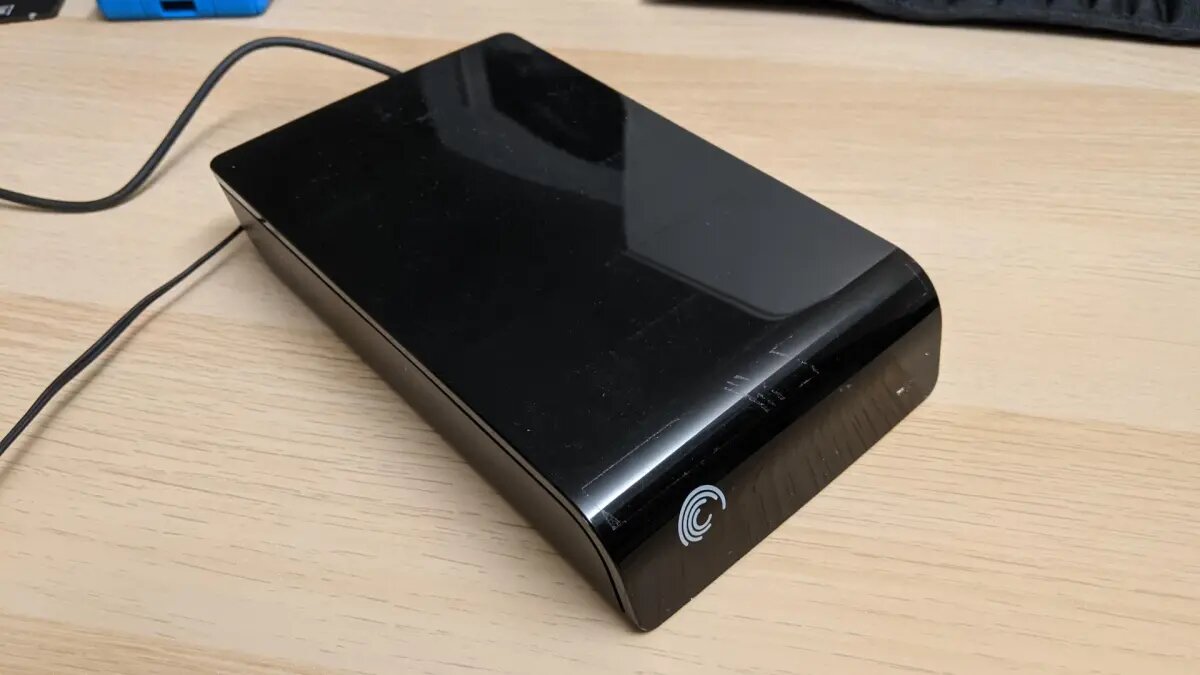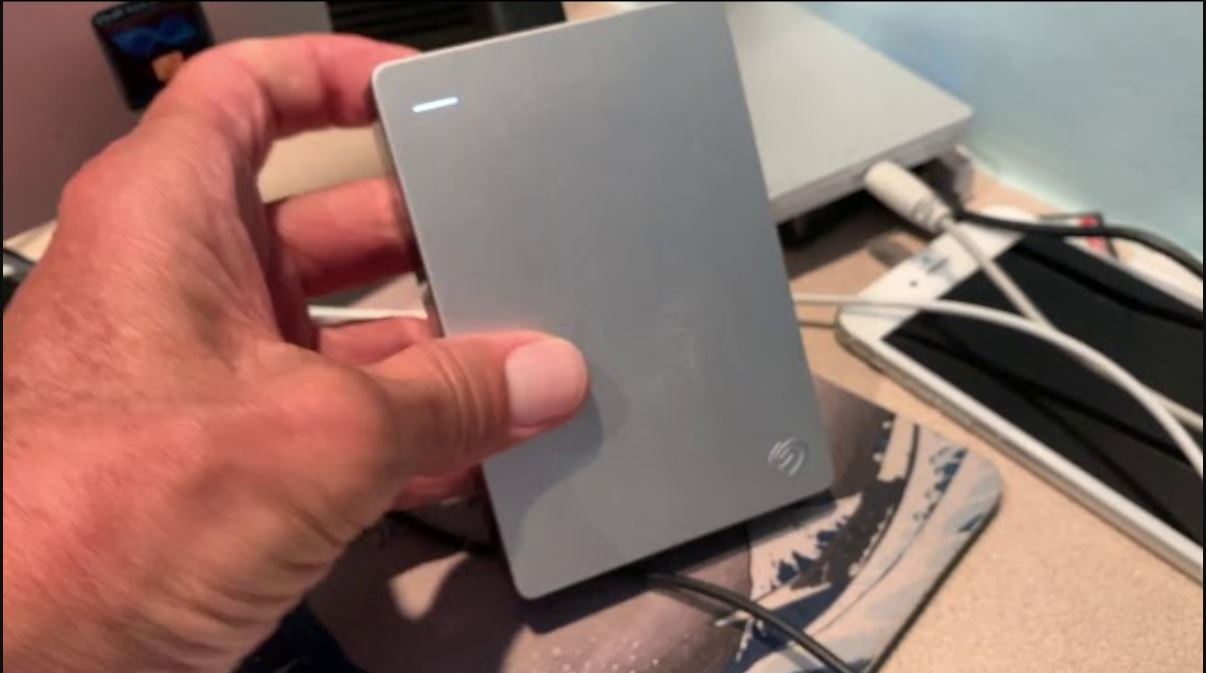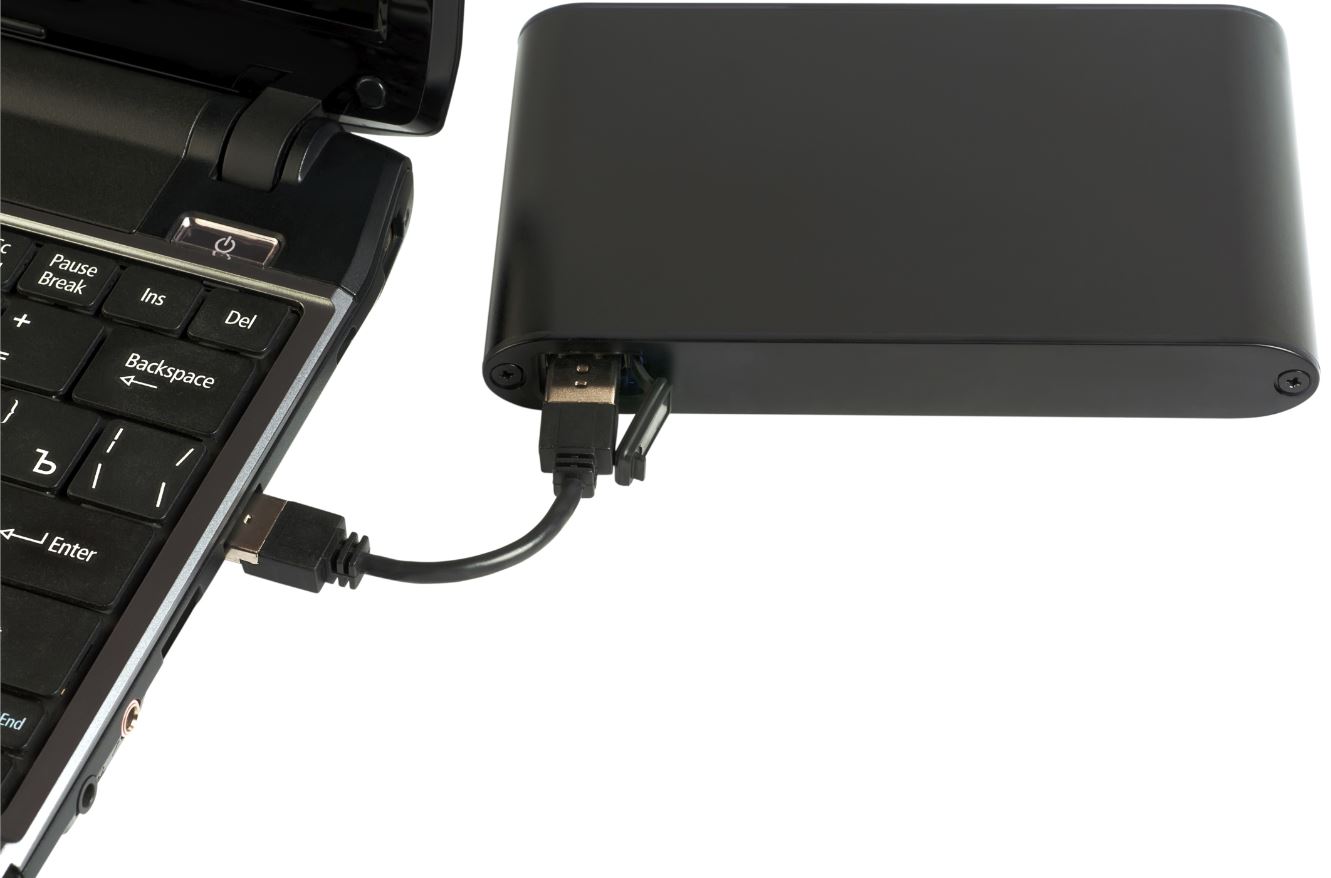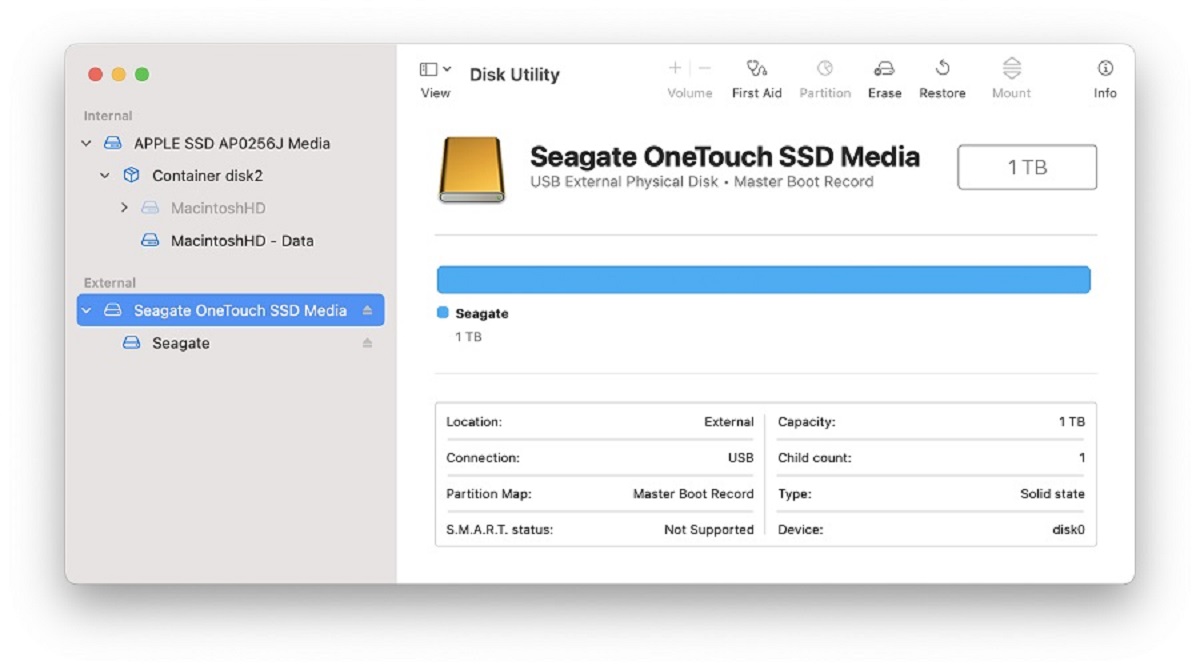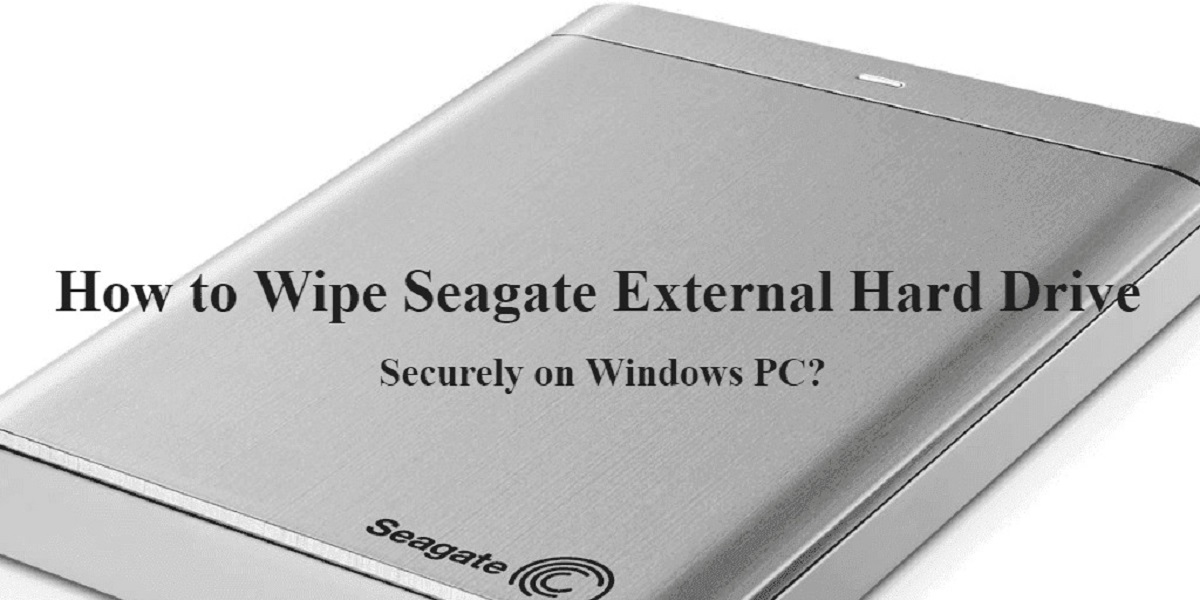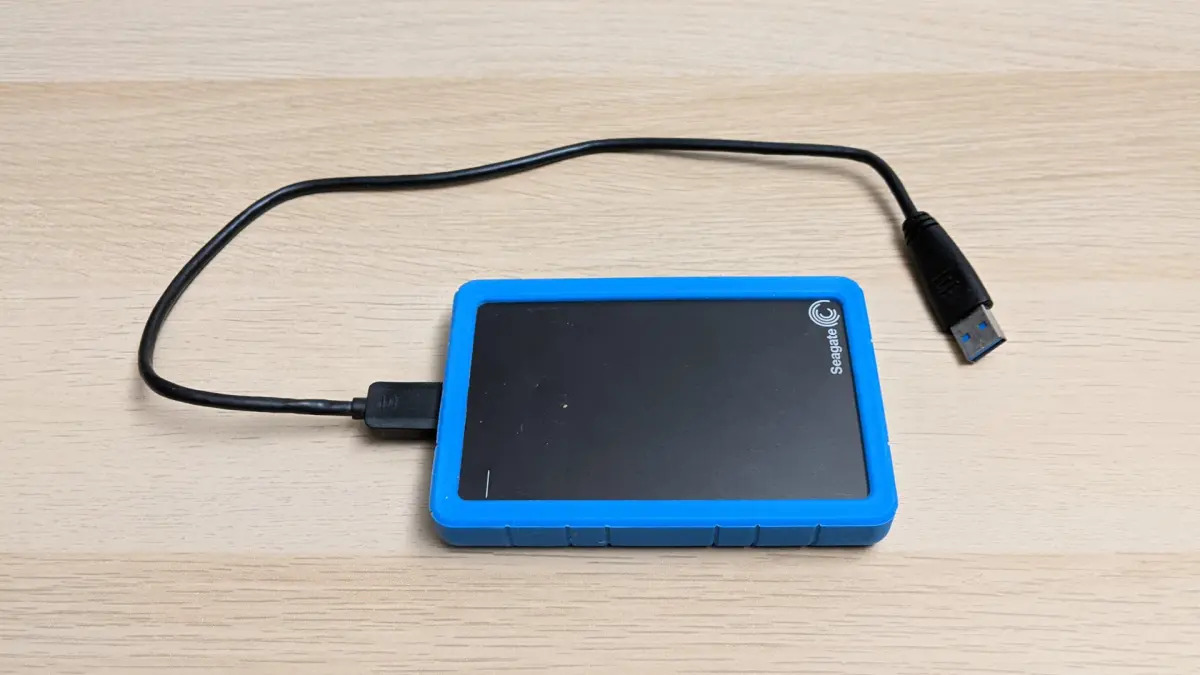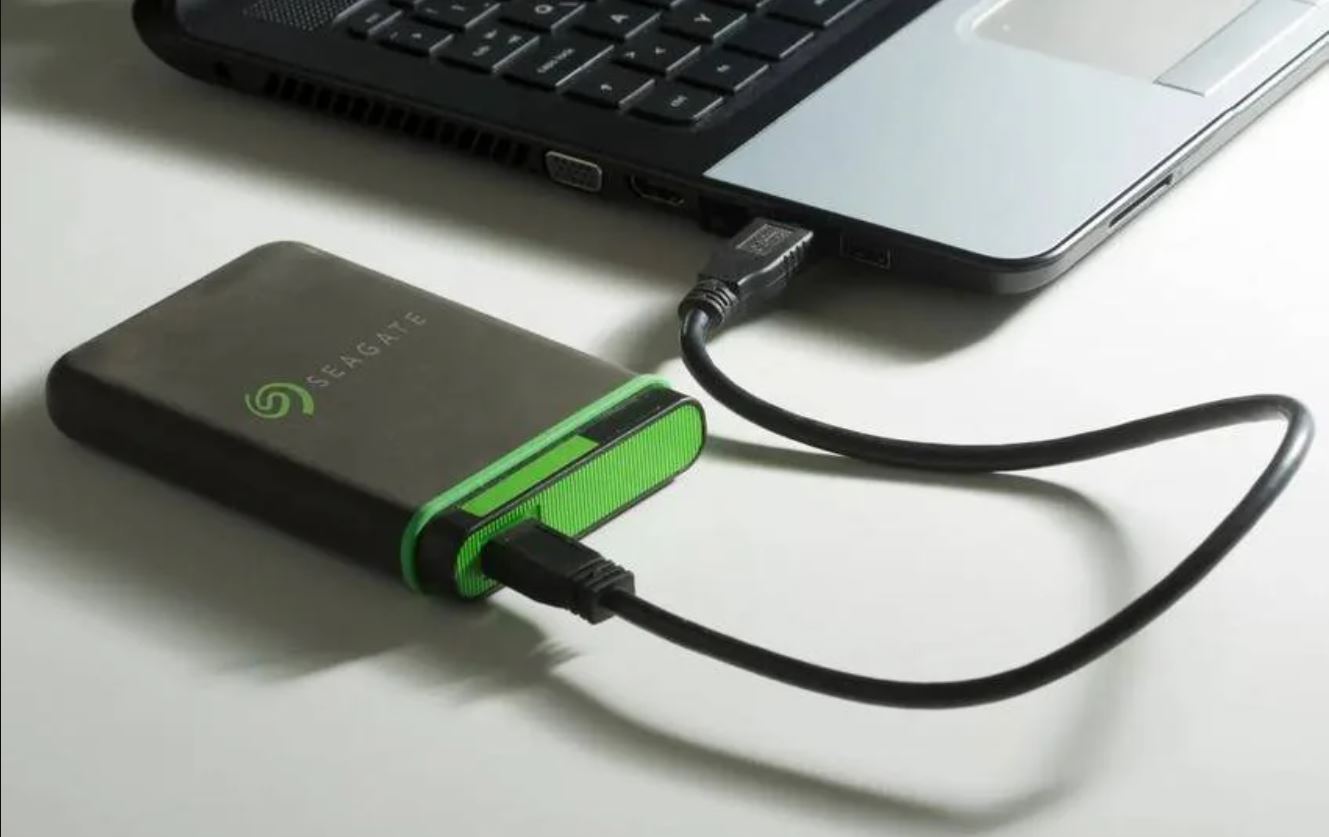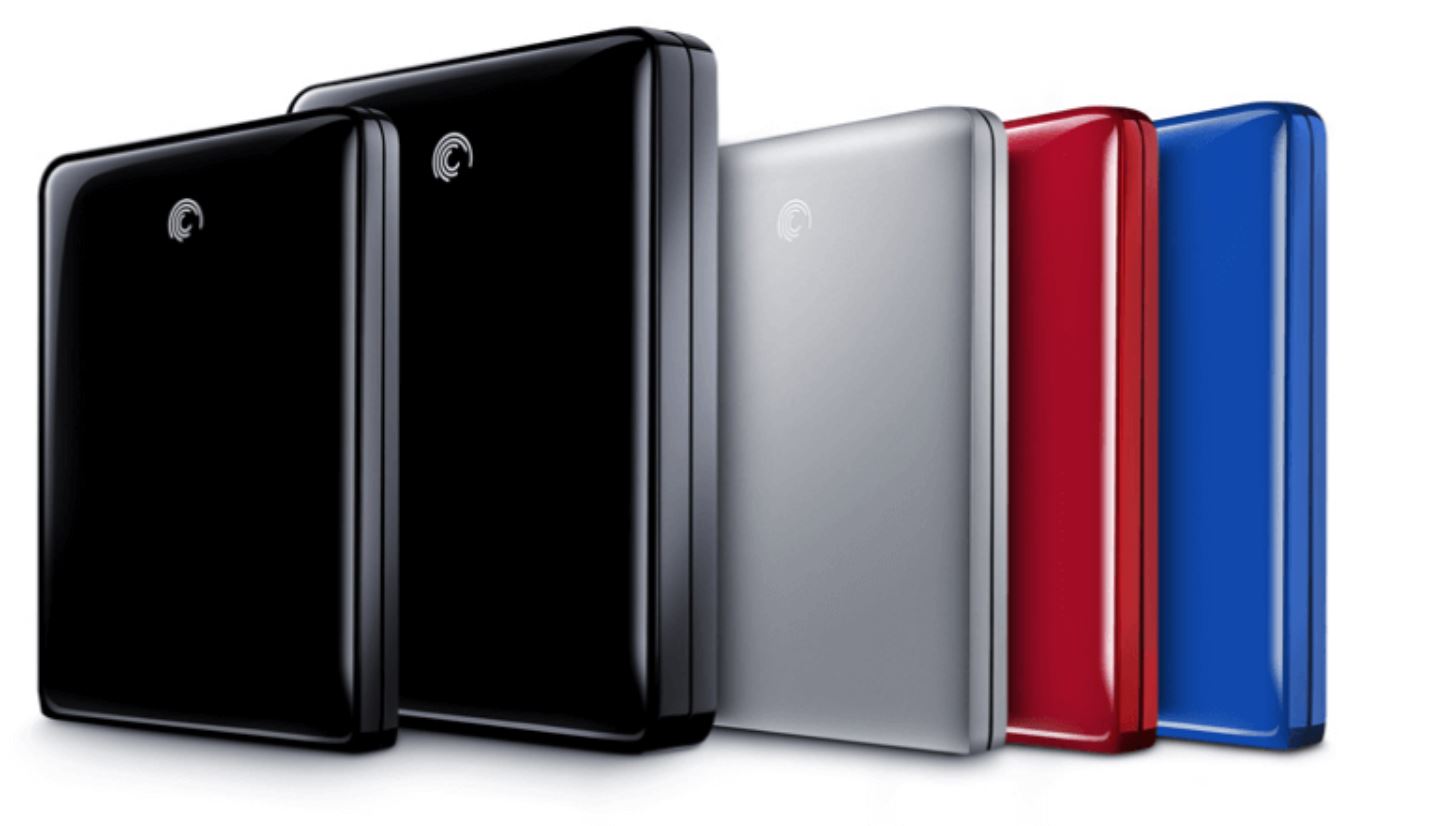Introduction
Welcome to this guide on how to delete files on your Seagate external hard drive. If you are new to using an external hard drive or need some assistance with deleting files, you’ve come to the right place. Whether you want to clear up some space or remove unnecessary files, following these steps will help you accomplish your goal.
Seagate external hard drives are popular storage devices that allow you to conveniently store and access your files. They offer large storage capacities, making them ideal for backing up important data, storing multimedia files, or transferring files between devices. However, over time, you may find that your hard drive becomes cluttered with files you no longer need.
Deleting files from your Seagate external hard drive is a simple process that can be done using your computer’s operating system. This guide will walk you through the steps for both Windows and Mac computers, so no matter what system you’re using, you’ll be able to follow along.
Please note that deleting files from your external hard drive is a permanent action. Once you delete a file, it cannot be recovered unless you have a backup. Therefore, it’s important to double-check that you are deleting the right files before proceeding.
Now that you have a basic understanding of what we’ll be covering, let’s dive into the step-by-step process of deleting files on your Seagate external hard drive.
Step 1: Connect the Seagate External Hard Drive to your computer
The first step in deleting files from your Seagate external hard drive is to properly connect it to your computer. Follow these instructions based on your computer’s operating system:
Windows:
1. Use the USB cable that came with your Seagate external hard drive to connect it to an available USB port on your computer.
2. Once connected, you should see a notification on your taskbar indicating that a device has been connected.
3. Open File Explorer by clicking on the folder icon in your taskbar or by pressing the Windows key + E on your keyboard.
4. Look for the external drive under the “This PC” or “My Computer” section. It will likely be labeled as “Seagate” or the model name of your specific hard drive.
Mac:
1. Use the USB cable that came with your Seagate external hard drive to connect it to an available USB port on your Mac.
2. Once connected, you should see the external hard drive icon appear on your desktop.
3. If the icon does not appear on your desktop, you can also access the external drive by opening Finder. Click on the Finder icon in your dock or press Command + N on your keyboard.
4. In Finder, look for the external drive listed under the “Devices” section in the sidebar. It will likely be labeled as “Seagate” or the model name of your specific hard drive.
Once you have successfully connected your Seagate external hard drive to your computer, you can proceed to the next step to start deleting files.
Step 2: Open File Explorer (Windows) or Finder (Mac)
Now that your Seagate external hard drive is properly connected to your computer, it’s time to open the file management program specific to your operating system:
Windows:
1. If you’re using Windows, you’ll need to open File Explorer. There are a few ways to do this:
- Click on the folder icon in your taskbar.
- Press the Windows key + E on your keyboard.
2. When File Explorer opens, you’ll see a navigation pane on the left side of the window. This pane contains a list of shortcuts and folders.
Mac:
1. If you’re using a Mac, you’ll need to open Finder. Here’s how:
- Click on the Finder icon in your dock.
- Press Command + N on your keyboard.
2. Once Finder is open, you’ll see a sidebar on the left side of the window. This sidebar contains a list of shortcuts and devices.
By opening File Explorer on Windows or Finder on Mac, you are now ready to locate your Seagate external hard drive and proceed with deleting files. The next step will guide you on how to find the external drive in the file management program.
Step 3: Locate the Seagate External Hard Drive
Now that you have opened the file management program on your computer, the next step is to locate your Seagate external hard drive. Follow these instructions based on your operating system:
Windows:
1. In File Explorer, look for the navigation pane on the left side of the window. You should see a section labeled “This PC” or “My Computer”.
2. Click on “This PC” or “My Computer”.
3. Look for the external drive under the “Devices and drives” section. It will likely be labeled as “Seagate” or the model name of your specific hard drive.
4. If you’re not sure which drive is your Seagate external hard drive, you can check the drive’s properties by right-clicking on it and selecting “Properties”. This will display information about the drive, such as its capacity and file system.
Mac:
1. In Finder, look for the sidebar on the left side of the window. You should see a section labeled “Devices”.
2. Click on “Devices”.
3. Look for the external drive in the list of devices. It will likely be labeled as “Seagate” or the model name of your specific hard drive.
Once you have located your Seagate external hard drive in the file management program, you can proceed to the next step to delete files from it.
Step 4: Select the files you want to delete
With your Seagate external hard drive located in the file management program, the next step is to select the files you want to delete. Follow these instructions to select the files based on your operating system:
Windows:
1. In File Explorer, navigate to your Seagate external hard drive.
2. Browse through the folders and files on the drive to find the ones you wish to delete.
3. To select a single file, simply click on it once. To select multiple files, hold down the Ctrl key on your keyboard while clicking on each file you want to delete.
4. If you want to select all the files in a specific folder, click on a file within that folder, then press Ctrl + A on your keyboard to select all files in that folder.
Mac:
1. In Finder, navigate to your Seagate external hard drive.
2. Browse through the folders and files on the drive to find the ones you wish to delete.
3. To select a single file, simply click on it once. To select multiple files, hold down the Command key on your keyboard while clicking on each file you want to delete.
4. If you want to select all the files in a specific folder, click on a file within that folder, then press Command + A on your keyboard to select all files in that folder.
Once you have selected the files you want to delete, you are ready to proceed to the next step and remove them from your Seagate external hard drive.
Step 5: Delete the files
Now that you have selected the files you want to delete from your Seagate external hard drive, it’s time to remove them. Follow these instructions to delete the files based on your operating system:
Windows:
1. With the files selected, right-click on any one of them.
2. From the dropdown menu, select “Delete”.
3. A confirmation window will appear, asking if you are sure you want to permanently delete the selected files. Review the files one last time to ensure you have selected the correct ones.
4. Click “Yes” to confirm the deletion. The selected files will be moved to the Recycle Bin.
Mac:
1. With the files selected, right-click on any one of them.
2. From the dropdown menu, select “Move to Trash”.
3. A confirmation window will appear, asking if you are sure you want to move the selected files to the Trash. Review the files one last time to ensure you have selected the correct ones.
4. Click “Move to Trash” to confirm the deletion. The selected files will be moved to the Trash.
Deleting the files from your Seagate external hard drive will free up storage space and remove them from the drive. However, keep in mind that the files are not permanently deleted until you empty the Recycle Bin or Trash, which will be covered in the next step.
Step 6: Empty the Recycle Bin or Trash
After deleting the files from your Seagate external hard drive, they are not completely removed from your computer until you empty the Recycle Bin (Windows) or Trash (Mac). Follow these instructions to empty the Recycle Bin or Trash based on your operating system:
Windows:
1. Double-click on the Recycle Bin icon on your desktop to open it.
2. Once the Recycle Bin window opens, you will see a list of deleted files. Review the files to ensure you have deleted the correct ones.
3. At the top of the Recycle Bin window, you will find the “Empty Recycle Bin” option. Click on it.
4. A confirmation window will appear, asking if you are sure you want to permanently delete all the files in the Recycle Bin.
5. Click “Yes” to confirm the deletion. The selected files will be permanently removed from your Seagate external hard drive and your computer.
Mac:
1. Open the Trash by clicking on its icon in the dock.
2. Once the Trash window opens, you will see a list of deleted files. Review the files to ensure you have deleted the correct ones.
3. From the menu bar at the top of the screen, click on “Finder”. Then, select “Empty Trash” from the dropdown menu.
4. A confirmation window will appear, asking if you are sure you want to permanently delete all the files in the Trash.
5. Click “Empty Trash” to confirm the deletion. The selected files will be permanently removed from your Seagate external hard drive and your computer.
By emptying the Recycle Bin or Trash, you complete the process of permanently deleting the files from your Seagate external hard drive. Now, you can proceed to the final step to ensure the files have been successfully deleted.
Step 7: Confirm the files have been deleted
After emptying the Recycle Bin (Windows) or Trash (Mac), it’s important to confirm that the files you intended to delete have been successfully removed from your Seagate external hard drive. Follow these steps to confirm the deletion:
Windows:
1. Open File Explorer and navigate to your Seagate external hard drive.
2. Look for the folders or files that you previously deleted.
3. If you cannot find the deleted files in the drive, it means they have been successfully deleted and removed from your Seagate external hard drive.
Mac:
1. Open Finder and navigate to your Seagate external hard drive.
2. Look for the folders or files that you previously deleted.
3. If you cannot find the deleted files in the drive, it means they have been successfully deleted and removed from your Seagate external hard drive.
Confirmation that the files have been deleted provides you with peace of mind knowing that your Seagate external hard drive is now free of those unwanted files.
Remember, deleting files from your Seagate external hard drive is a permanent action. It’s a good practice to regularly review your files and delete any unnecessary ones to keep your drive organized and make the most of the available storage space.
Now that you have successfully deleted files from your Seagate external hard drive, you can enjoy a cleaner and more organized storage solution.
Conclusion
Congratulations on successfully deleting files from your Seagate external hard drive! By following the steps outlined in this guide, you were able to connect the drive to your computer, open the file management program, locate and select the files to delete, remove them, and finally, confirm their deletion.
Deleting files from your Seagate external hard drive is a simple process that can free up valuable storage space and help you keep your drive organized. By regularly reviewing and removing unnecessary files, you can optimize the storage capacity and ensure efficient file management.
Remember, when you delete files from your Seagate external hard drive, they are not immediately and permanently removed. It’s crucial to empty the Recycle Bin (Windows) or Trash (Mac) to ensure their complete deletion. Confirming that the files have been successfully removed from the drive provides peace of mind and reassurance.
Whether you are clearing space for new files, removing duplicates or outdated content, or simply spring-cleaning your drive, deleting files from your Seagate external hard drive is an essential task to maintain its performance and functionality.
Now that you have mastered the process, you can confidently manage your files and enjoy a clutter-free Seagate external hard drive experience. Happy deleting!







